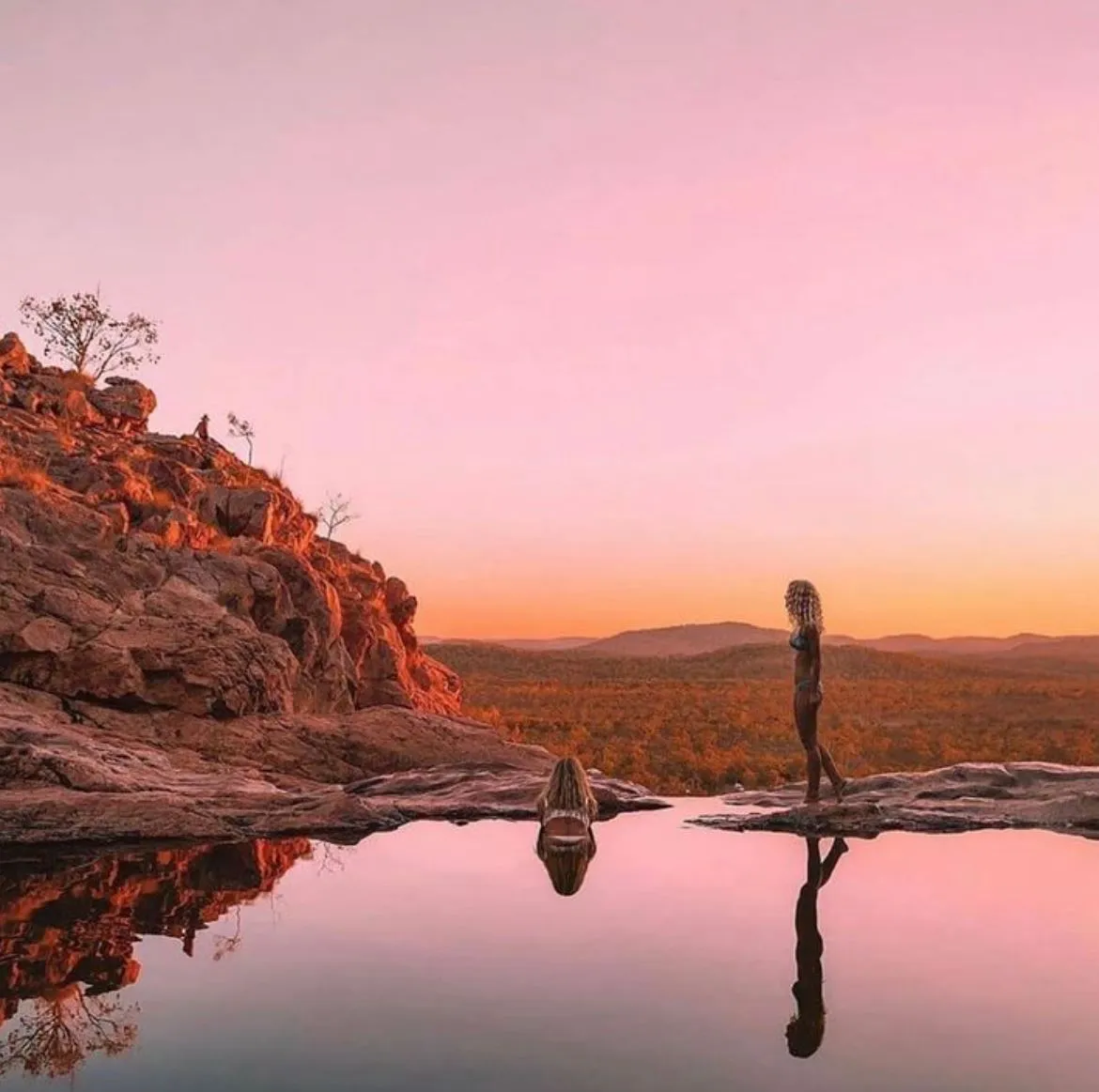Kakadu National Park in the Northern Territory of Australia is a special place where you can experience a mix of rich Indigenous culture, dramatic landscapes and wildlife. Spanning almost 20,000 square kilometres, Kakadu is a UNESCO World Heritage site that is renowned for its natural and cultural values. It’s where Aboriginal culture lives, with ancient rock art galleries, stunning waterfalls and vast wetlands that attract visitors from all over the world.
Why It’s a Must-Visit
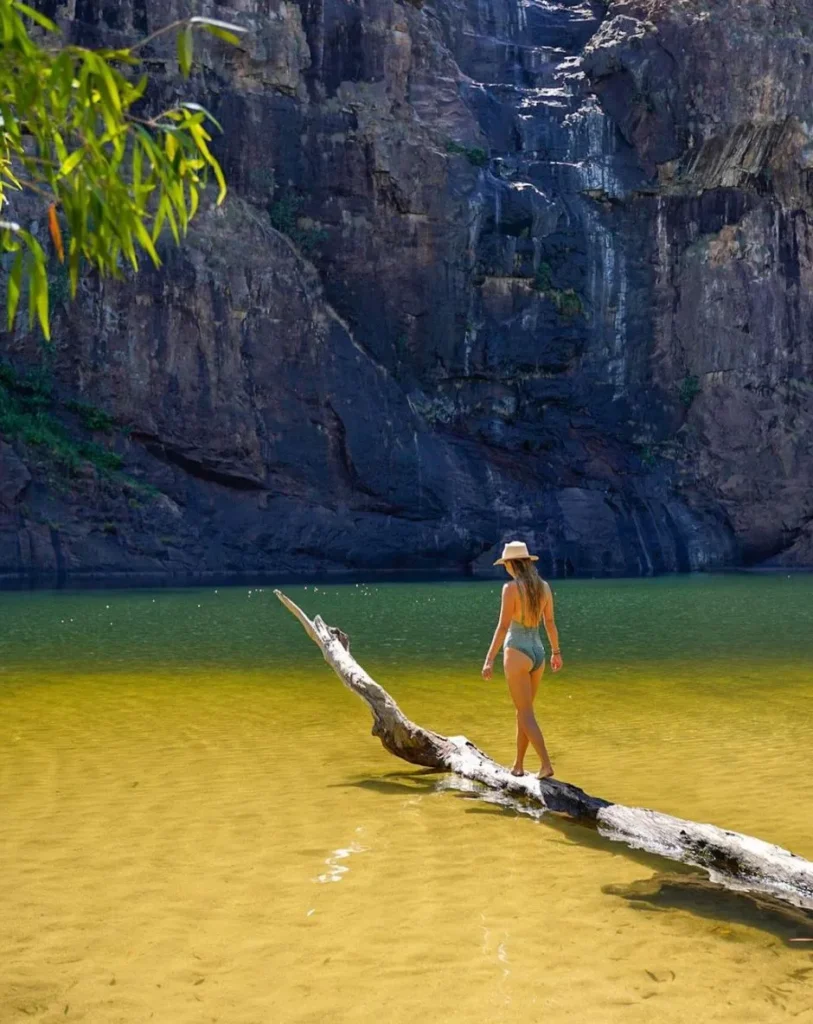
If you want to get to the heart of Australia, Kakadu National Park is the chance to explore landscapes that have been shaped over millions of years, with cultural connections going back tens of thousands of years. The park is home to Indigenous communities who have looked after the land for generations, preserving traditions and stories that are shared with visitors. The park has famous waterfalls like Jim Jim Falls, Twin Falls, and Yellow Water Billabong, where wildlife is at its best. Each site in Kakadu is a unique experience, from the sandstone outliers to the lily-covered billabongs.
Icons and Attractions
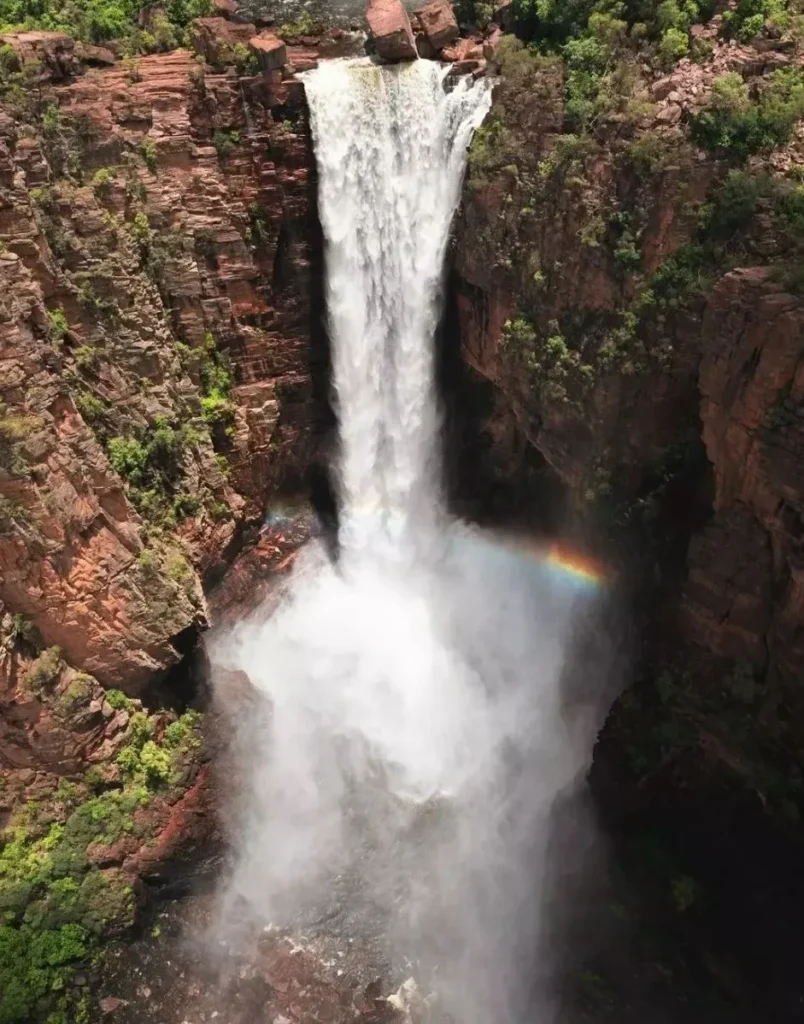
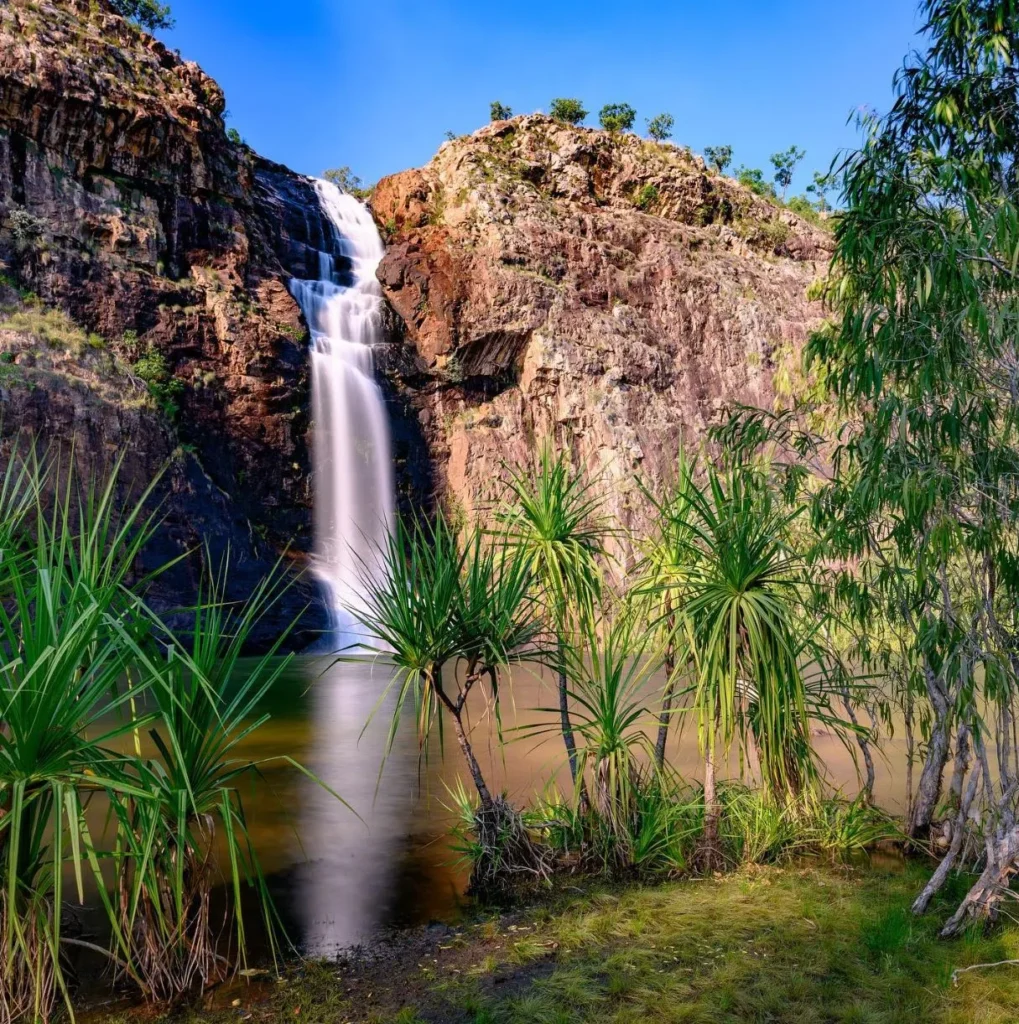
- Jim Jim Falls and Twin Falls:
These are Kakadu’s most popular sites and are visited during the wet and dry seasons. In the wet season, Jim Jim Falls and Twin Falls are raging torrents. In the dry season, the water recedes, and you can swim in the plunge pools. The rough dirt roads to get to these falls add to the adventure for nature lovers and keen hikers. - Yellow Water Billabong:
A must see, Yellow Water Billabong offers a boat trip through Kakadu’s wetlands. Home to many bird species including magpie geese and Australian birds, the billabong is especially busy in the dry season when birds congregate around water holes. You can also see river sharks, saltwater crocodiles and other wildlife, a unique experience in the Northern Territory. - Nourlangie Rock and Ubirr Rock Art Galleries:
Kakadu is famous for its rock art sites and Nourlangie Rock and Ubirr are two of the most well known. These ancient rock art galleries show examples of Aboriginal rock art thousands of years old and give insight into Indigenous culture and traditions. The artworks at Ubirr and Nourlangie tell the stories of the land’s spiritual significance and the customs of the traditional owners. - Gunlom Falls and Koolpin Gorge:
These are swimming holes within Kakadu. Gunlom Falls is famous for its infinity pools with views of the surrounding landscape. Koolpin Gorge is quieter with natural pools surrounded by greenery, perfect for a picnic lunch or a refreshing swim. - Bowali Visitor Centre and Warradjan Cultural Centre:
To get a deeper understanding of Kakadu’s cultural landscape visit the Bowali Visitor Centre and Warradjan Cultural Centre. These visitor centres have educational exhibits on Kakadu’s natural heritage, Indigenous history and the cultural values of the Aboriginal people of the region. You can learn about the park’s cultural significance, ancient cultures and the importance of preserving Kakadu’s living culture.
Planning Your Trip: When to Go
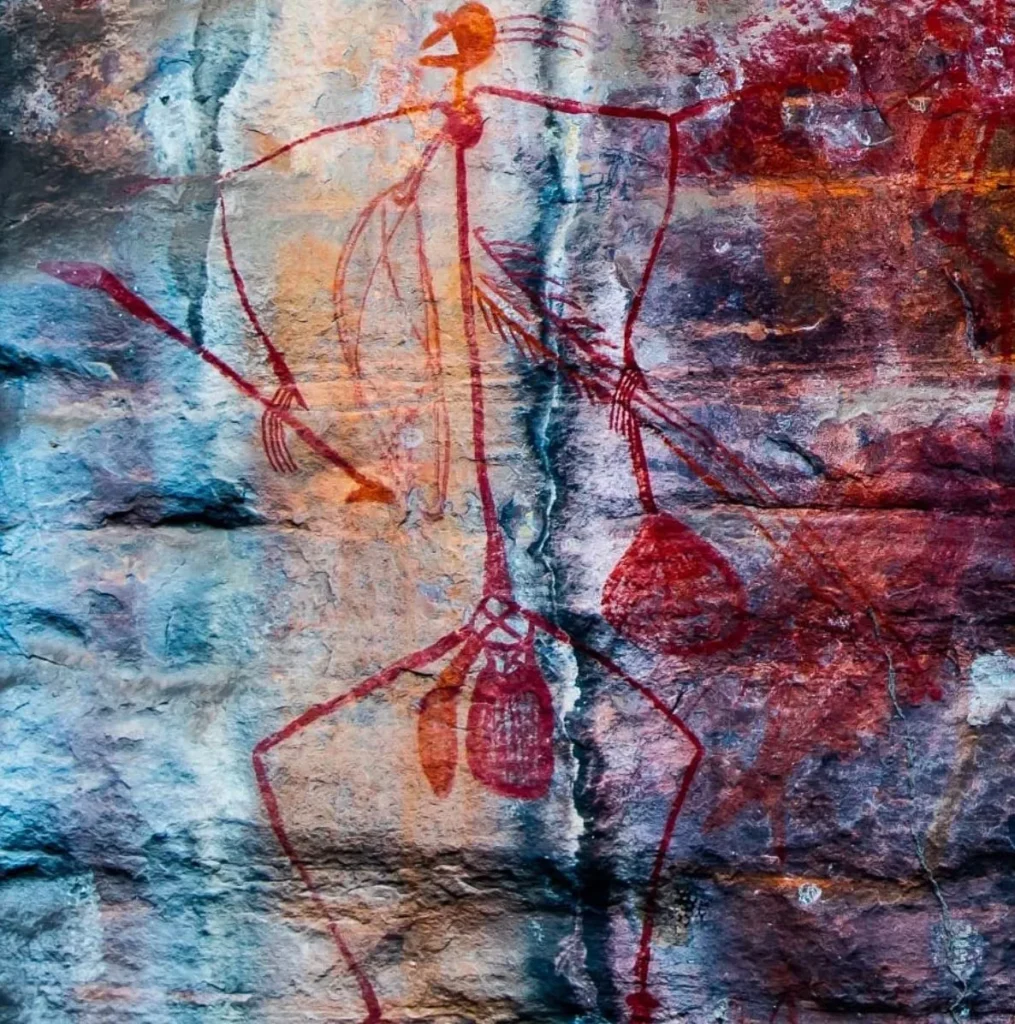
Kakadu’s seasons change dramatically, and each one offers a different experience:
- Dry Season (May to October):
This is the best time to visit Kakadu as the dry season gives you access to most of the park. Clear skies, low water levels and open roads means you can get to Jim Jim Falls, Twin Falls and other popular spots. Birdwatchers will love the bird congregations near the wetlands during this time. - Wet Season (November to April):
The wet season is tropical summer and monsoon rains. Kakadu becomes a lush green paradise with waterfalls and dramatic landscapes. Some areas are closed due to unsealed roads and high water levels, but the wet season is a special experience for those interested in Kakadu’s climate and ecology.
Flora, Fauna and Landscapes
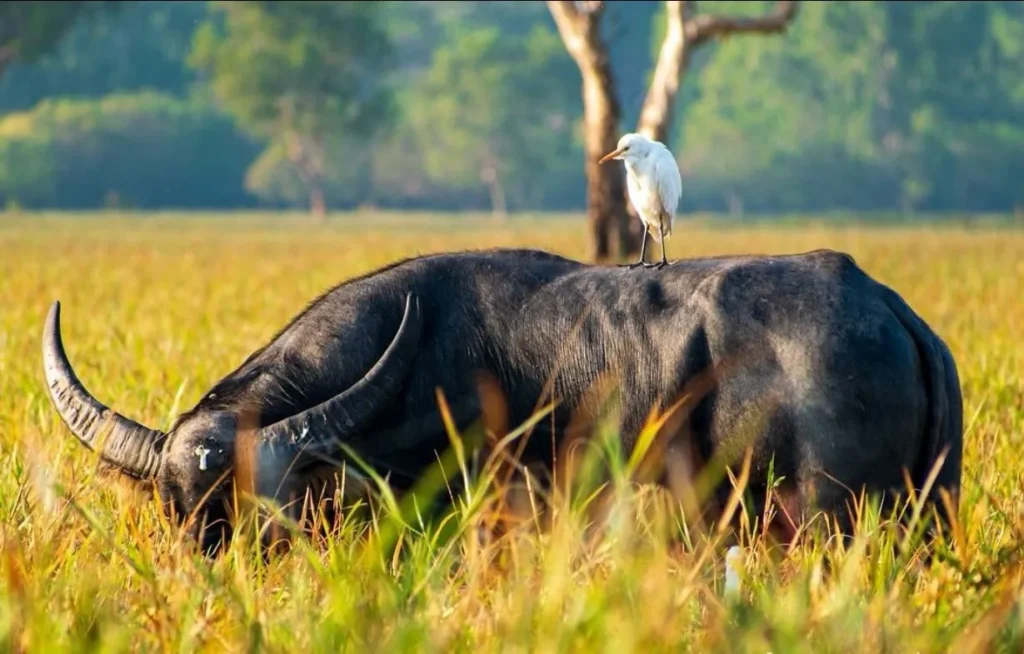
Kakadu has no equal biodiversity, with habitats ranging from monsoonal rainforest to vast floodplains. The park has over 2,000 plant species, river mangroves, pandanus palms and wildflowers. The wetlands support a vast array of wildlife, wild horses, saltwater crocodiles and the famous bird congregations in the lily-covered billabongs. You may also see river sharks and other aquatic life in the East Alligator River and Mary River.
The outback landscapes of Kakadu are just as stunning, with sandstone pillars, rock formations and rolling southern hills. These are best seen at sunset from lookout points like Ubirr, offering views over the floodplains.
Aboriginal Culture and Heritage
Kakadu’s Indigenous culture is the heart of the park, with thousands of years of history in its ancient rock art sites. The art styles and rock art at Nourlangie and Anbangbang Gallery are some of the best in the world. The galleries have figures, animals, and Dreamtime stories that show the cultural significance of the land. Through ranger talks, you will gain an insight into the deep history, spiritual beliefs and cultural heritage of Kakadu’s traditional owners.
Adventure Activities and Visitor Tips
Kakadu has something for every kind of traveller, whether you’re into scenic flights with Kakadu Air, staying at Aurora Kakadu Lodge or going on guided 2 day Kakadu tours from Darwin with Parks Australia rangers. From hiking through the sandstone outliers to swimming in natural pools, Kakadu is perfect for nature lovers, keen hikers and those who want to connect with the land.
- Plan Your Visit: Start at the Bowali Visitor Centre, where you can get trip advice, maps and information on Kakadu’s natural reserves and swimming holes.
- Camping Gear and Park Passes: If you’re camping make sure you have the right gear and remember park passes are required for all visitors.
- Cultural Respect: As this is Aboriginal land, respect for sacred sites and park rules is paramount. Visitors are encouraged to join ranger talks to learn about the meaning of each site.
- Safety and Accessibility: Dirt roads, unsealed tracks and crocs. Some areas require four-wheel drives especially during the wet season.
Conclusion
Kakadu National Park is a treasure that has it all – ancient culture, pristine nature and rock art. With so many activities to choose from – birdwatching at Yellow Water to exploring sacred sites and taking in the views – Kakadu is a journey into Australia’s history and natural wonder. To experience it all, get under the skin of the stories, landscapes and spirit of Kakadu – a true Australian wilderness experience.
FAQ
When to visit?
Dry season (May to October) is the best time to visit with accessible roads and clear skies. Wet season is lush but some areas may be closed.
Where can I see rock art in Kakadu?
Nourlangie Rock and Ubirr are the two main rock art sites where you can see ancient Aboriginal rock art that tells the stories of Indigenous culture and Dreamtime.
Can I swim in Kakadu’s natural pools?
Yes, Gunlom Falls and Koolpin Gorge have swimming holes with great views, but always check with rangers for safe areas.
What wildlife will I see in Kakadu?
Kakadu has a vast array of wildlife, including saltwater crocodiles, river sharks, magpie geese, wild horses and over 280 bird species around the billabongs.
Are there tours in Kakadu National Park?
Yes, Kakadu Tourism offers guided Kakadu tours, ranger talks and scenic flights with Kakadu Air.
